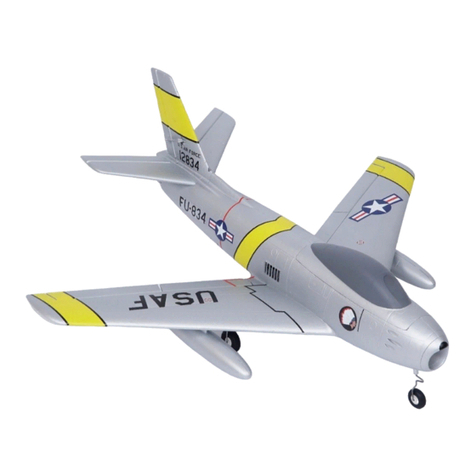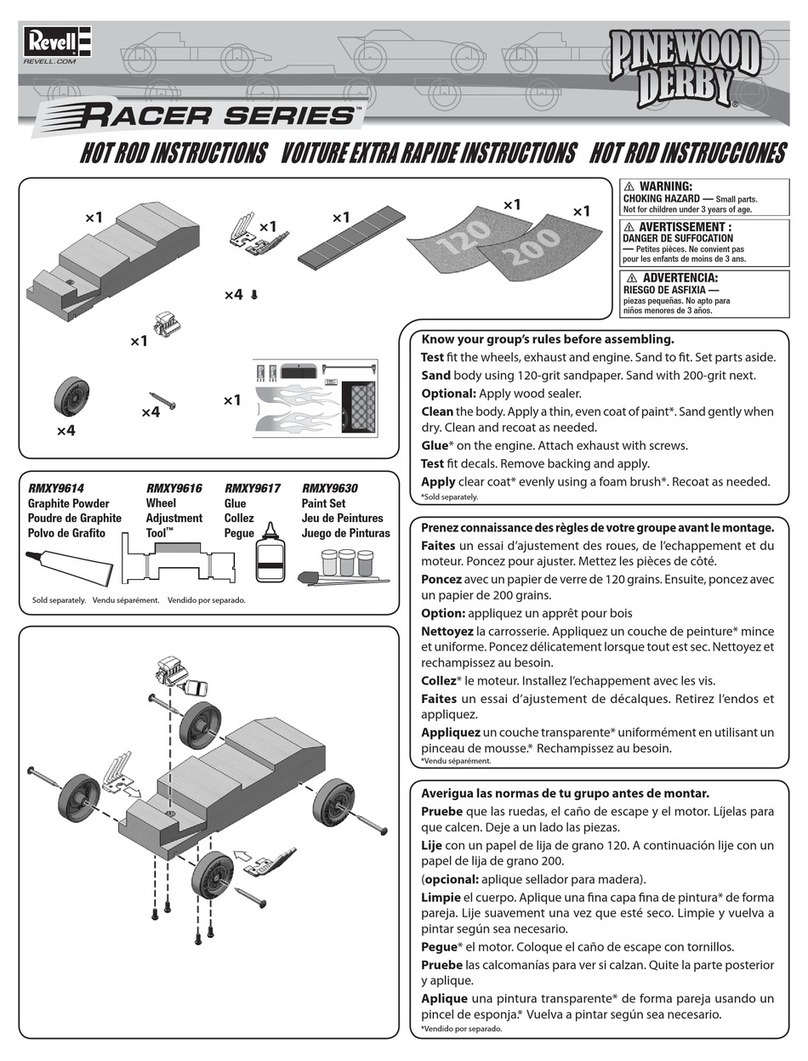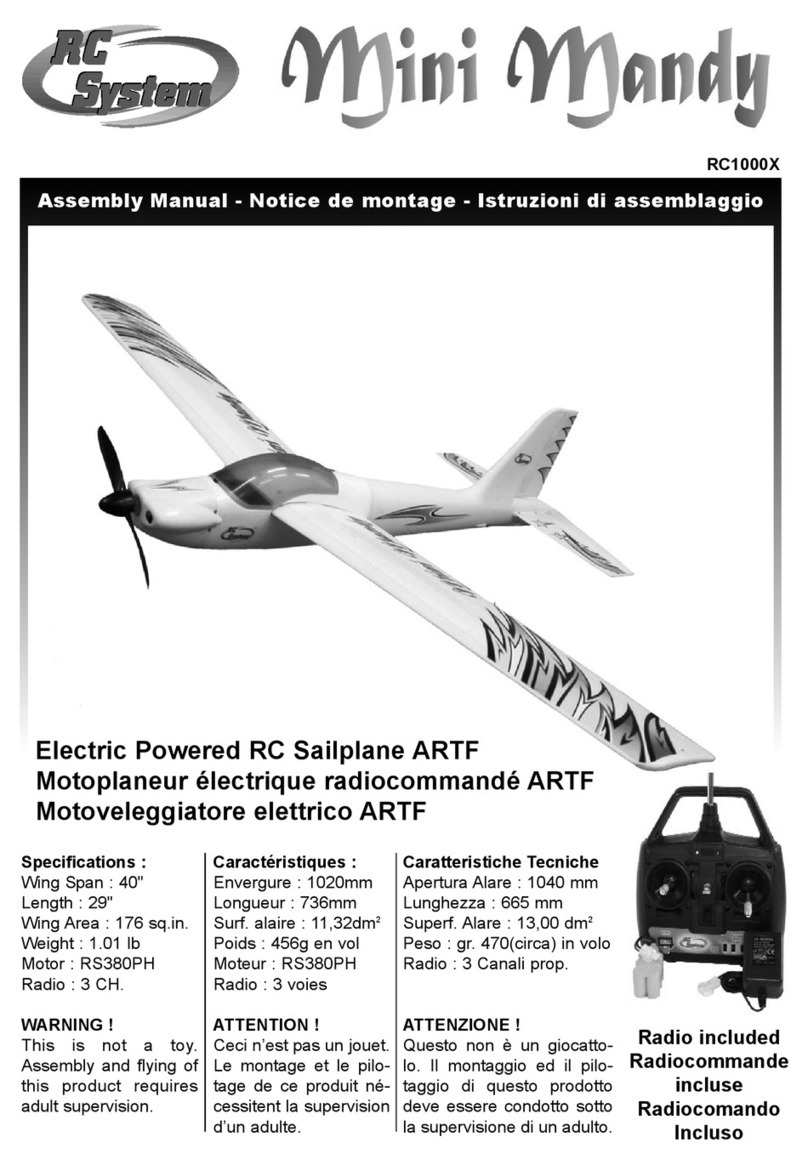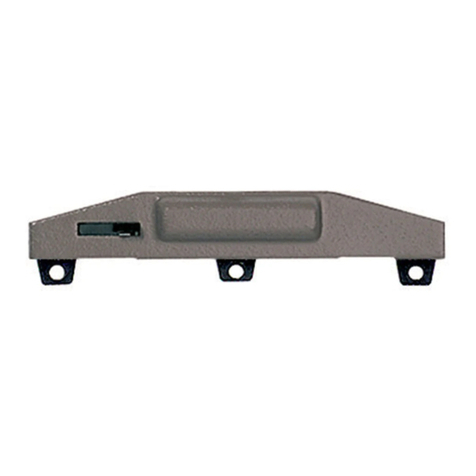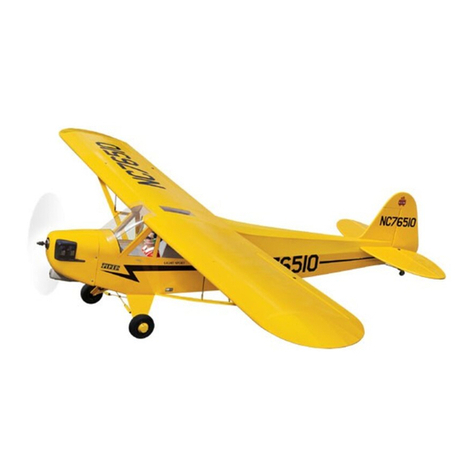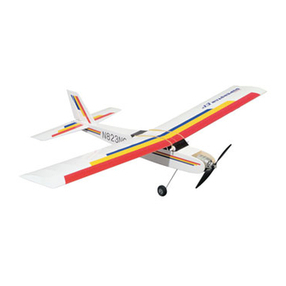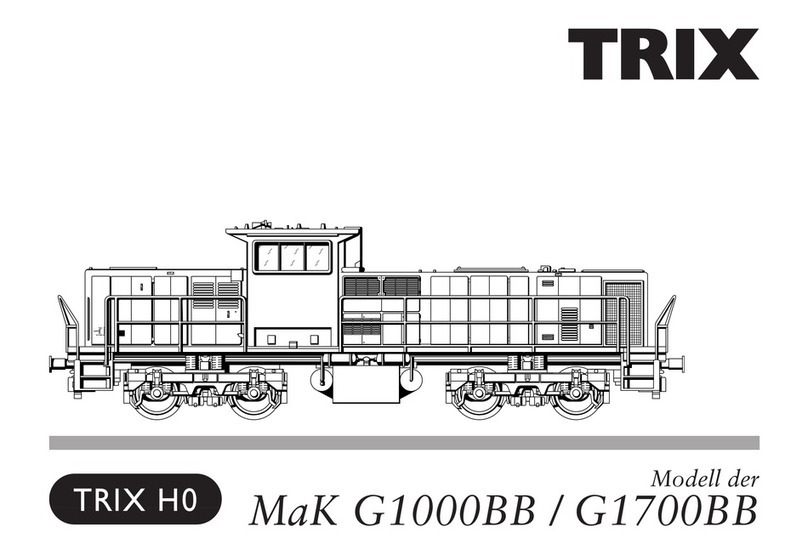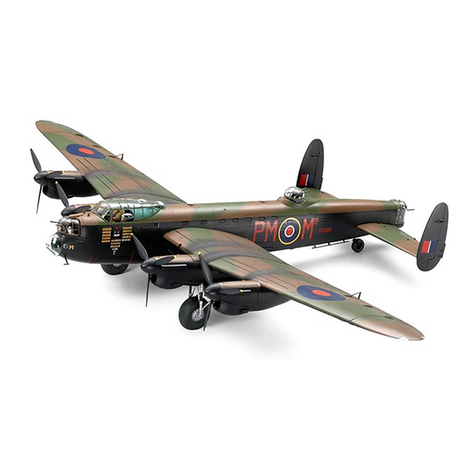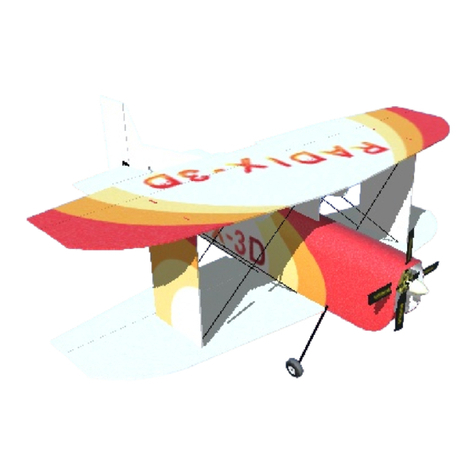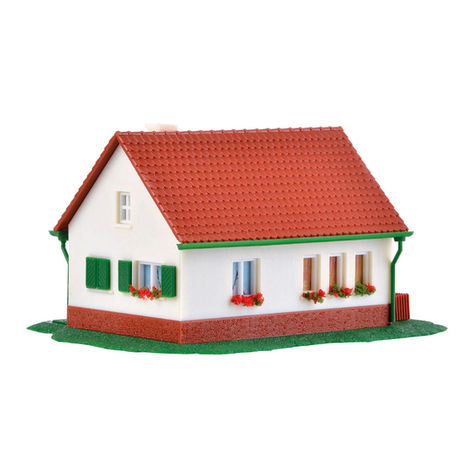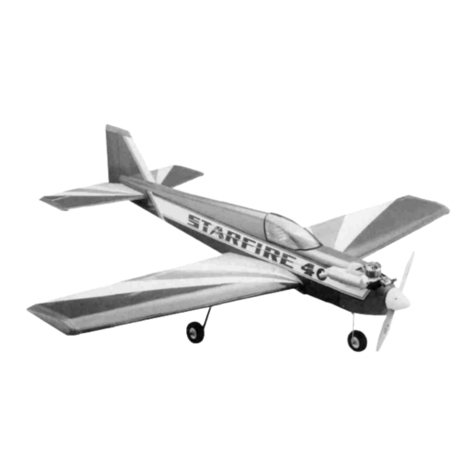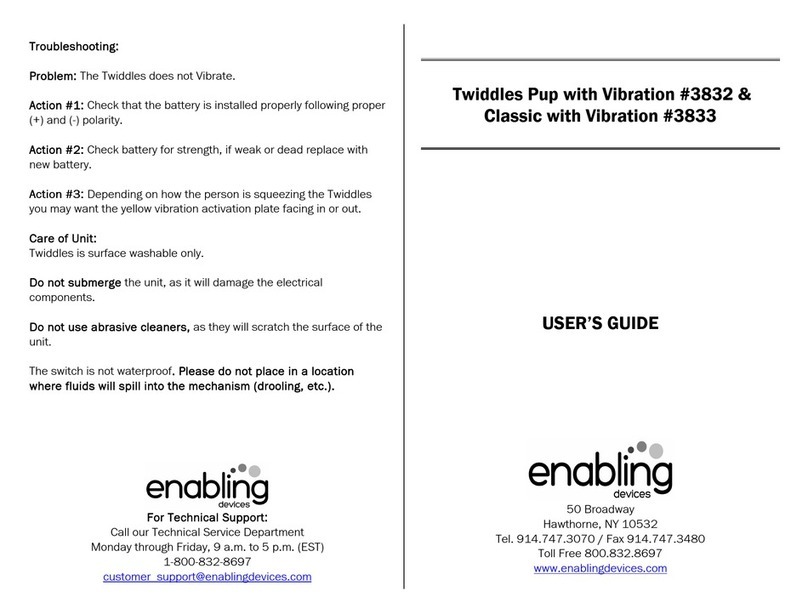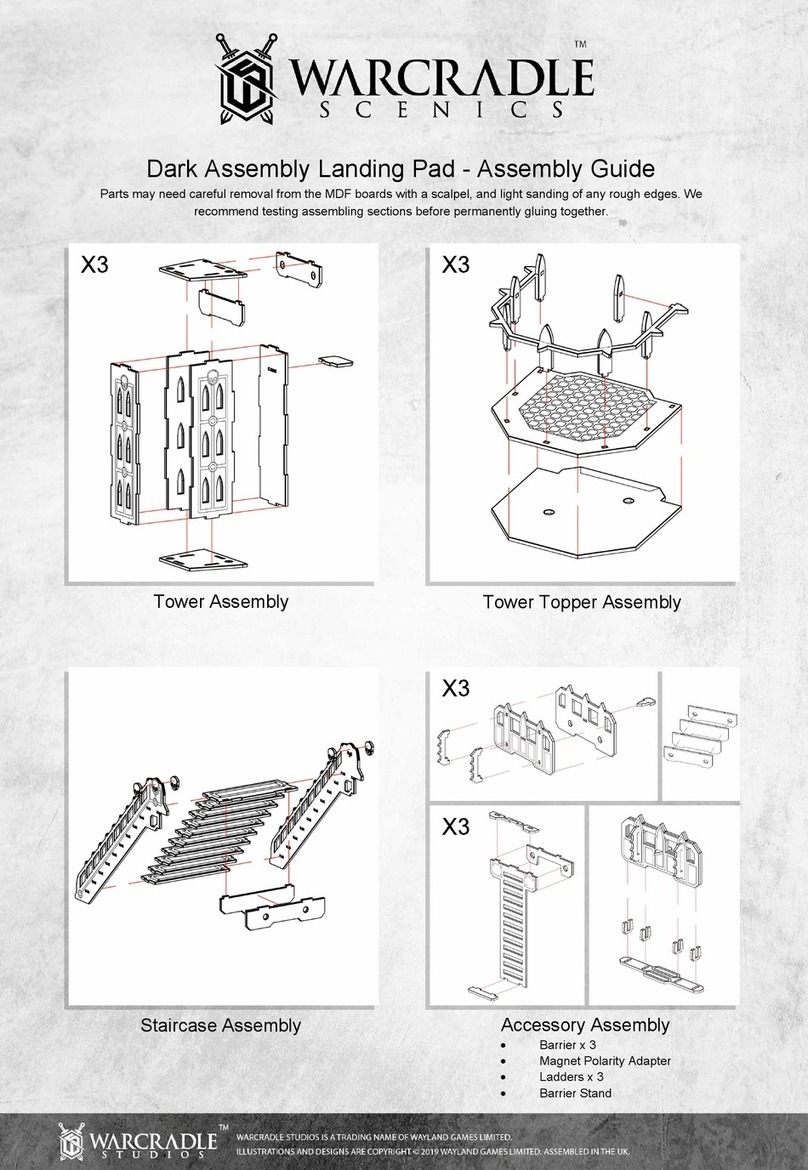
Introduction
General Safety Information
Notes are used to notify of installation,
operation, or maintenance information that is
important but not safety related.
Caution without the Safety Alert Symbol is used
to indicate the presence of a hazard, which if
ignored may result in property damage.
Caution with the Safety Alert Symbol is used to
indicate the presence of a hazard, which if
ignored may result in property damage and or
minor personal injury.
Warning denotes that a potential hazard exists
and indicates procedures that must be followed
exactly to either eliminate or reduce the hazard,
and to avoid serious personal injury, or prevent
future safety problems with the product.
Congratulations on the purchase of your Great American Train Company (GATC), Mogul (2-6-0)
Steam Profile Locomotive. This model’s authentic styling is based upon the famous Baldwin Mogul
built by the Baldwin Locomotive Works of Philadelphia, Pennsylvania, U.S.A. during the late 1800s
and early 1900s. Baldwin Moguls were used extensively in the narrow-gauge railroads of the Old West
and particularly on the Denver and Rio Grande.
All Great American Train Company Locomotives are 24 VDC battery powered for safe, efficient and
reliable operation. Rated pulling power is awesome with its 1kW total motor power – about 1600 lbs.
of load on a 3% grade.
If you have any questions concerning the assembly and use, or if you feel your product is not working
properly, contact The Great American Train Company at 763-476-5140, or visit our website at
www.greatamericantrain.com.
Read these Instructions carefully, making full use of all explanations and instructions. The “Know
How” of trouble free operation of your railroad depends on the degree of your understanding of the
system and willingness to keep all components in proper operating condition. Pay particular attention
to all NOTES, CAUTIONS, and WARNINGS to avoid the risk of personal injury or property damage. It
is important to understand that these NOTES, CAUTIONS, and WARNINGS are not exhaustive. The
Great American Train Company cannot possibly know or evaluate all conceivable methods in which
procedures may be performed, or the possible hazardous consequences of each method.
Accordingly, anyone who uses a procedure that is not recommended by GATC assumes the risk of
personal injury or property damage.
When unpacking your product, inspect each crate to ensure that no damage occurred during shipping.
If damage has occurred during shipping, contact the shipper immediately. Remove all components
from the shipping crates and inspect them. If any components are missing or damaged, contact The
Great American Train Company immediately at 763-476-5140. Do not use or assemble the product if
any components are damaged or missing. Do not use substitute components not manufactured by
The Great American Train Company.
2




















